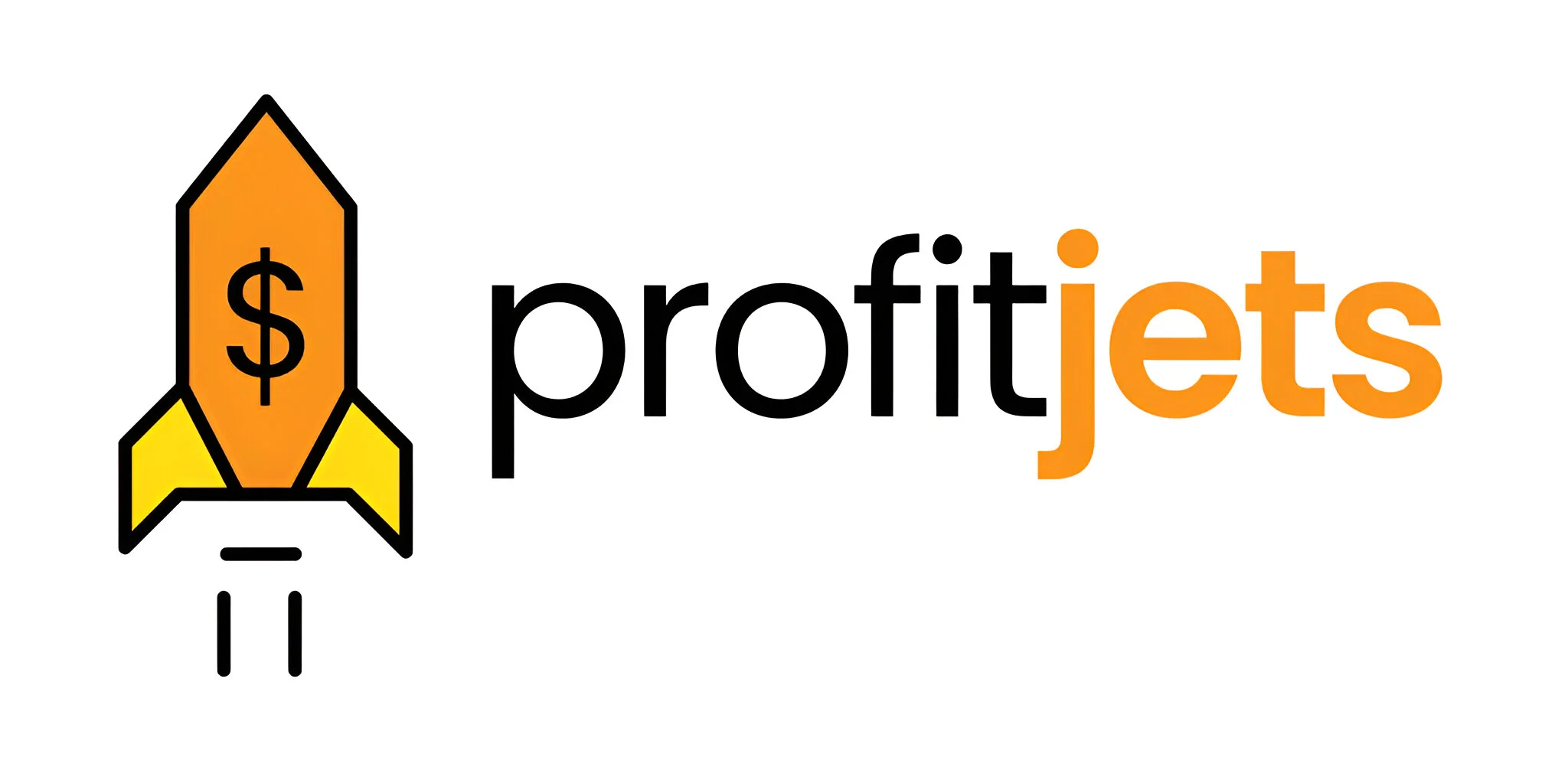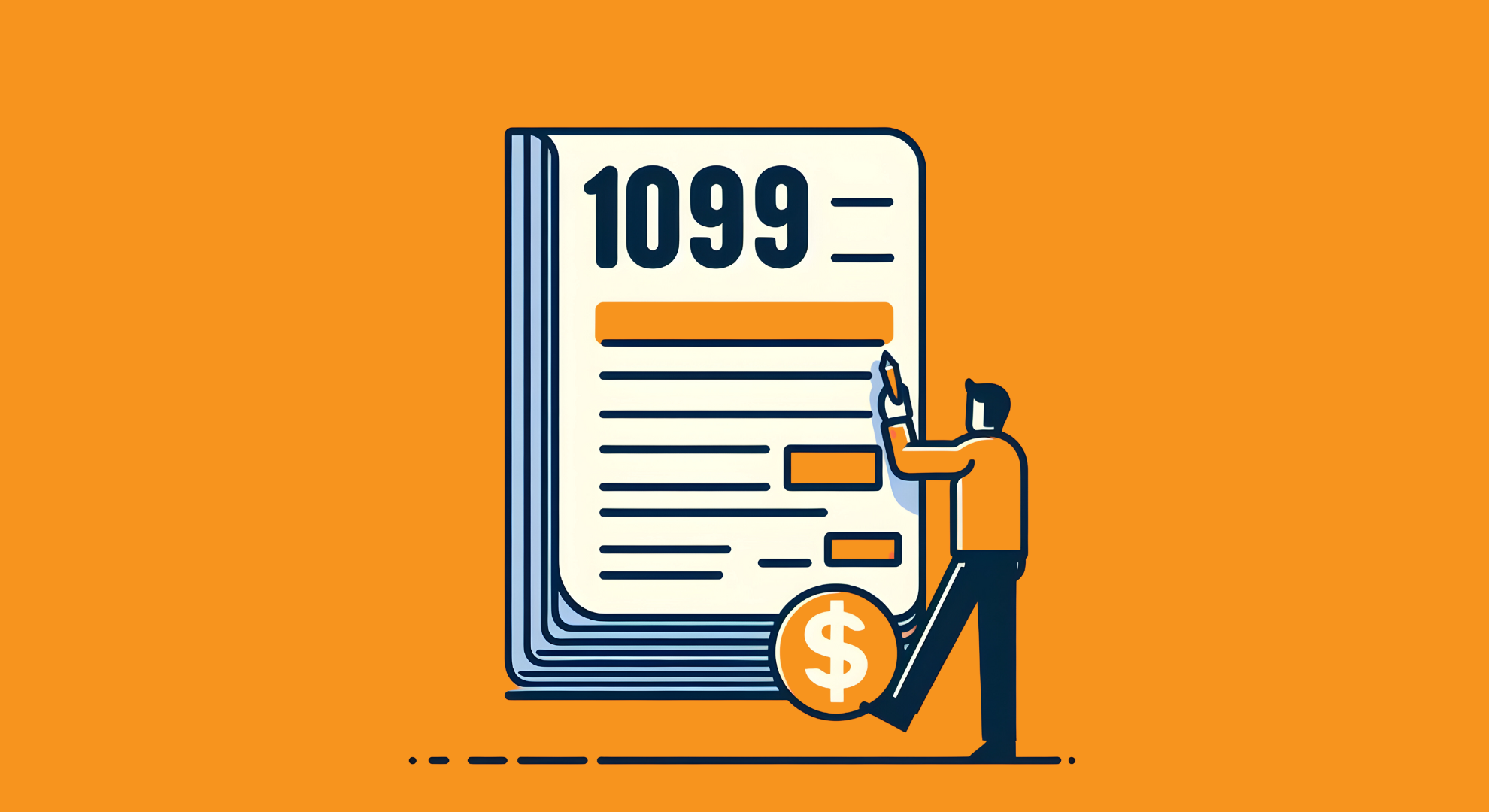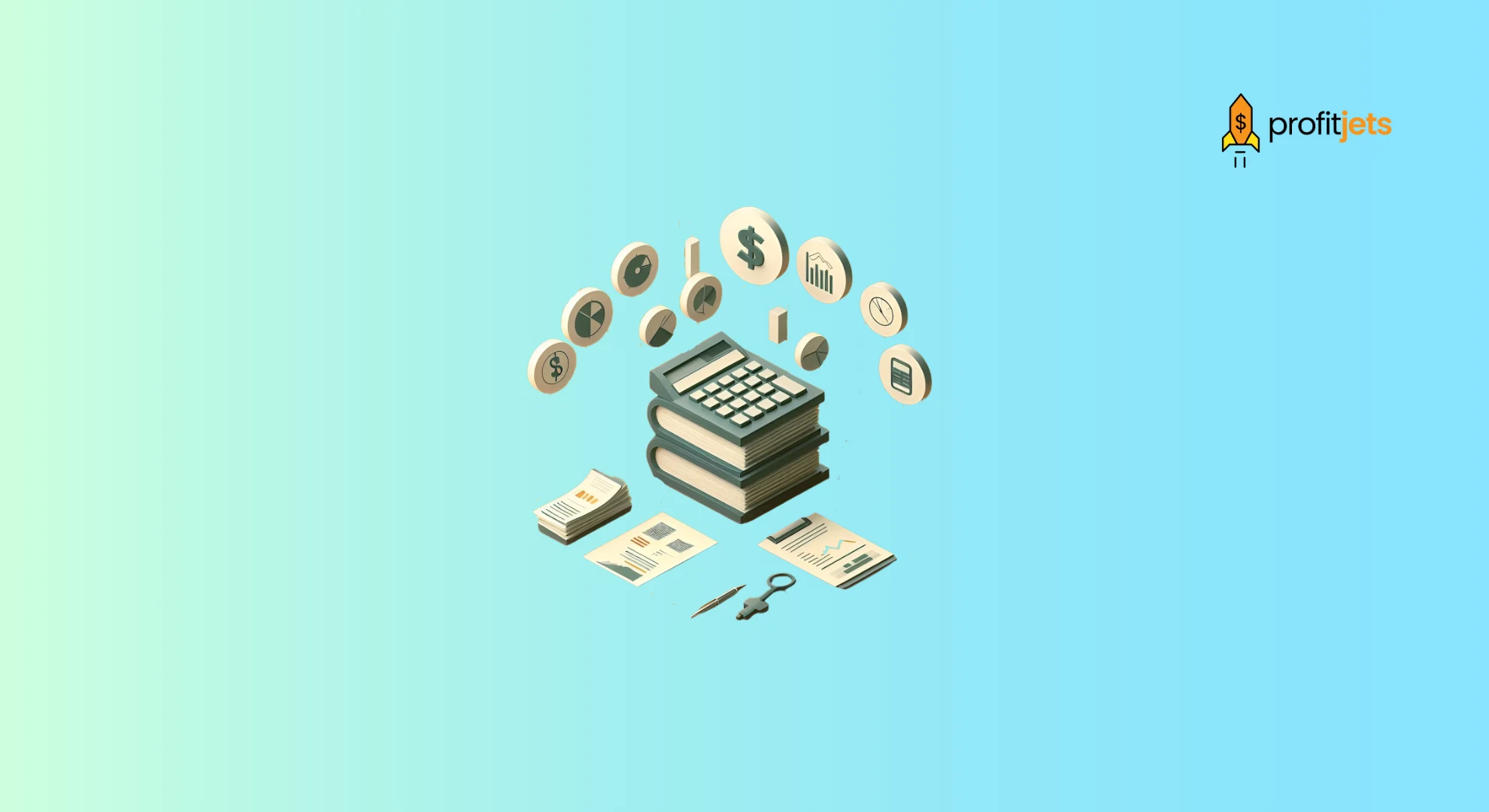In the evolving landscape of the gig economy and remote work, understanding tax obligations is crucial for small business owners, freelancers, and e-commerce entrepreneurs. One key aspect is the IRS Form 1099, which reports various types of non-employment income. This guide provides an in-depth look at Form 1099, its significance in 2025, and how to navigate its complexities.
Table of Contents
What is the IRS 1099 Form?
Think of the 1099 form as a detailed report card for your non-employment income, informing the IRS about payments you receive from entities outside your regular employer. This includes passive income from freelance gigs, rental properties, royalties, etc. It is crucial for ensuring transparency and accountability for the IRS and you.
What is the purpose of the 1099 Form?
The 1099 form serves two crucial functions:
- Transparency for the IRS: It acts as a watchdog, helping to prevent tax evasion and ensure everyone contributes their fair share. Providing a clear picture of income sources minimizes the chances of underreporting or errors.
- Convenience for You: No more scrambling through receipts and invoices come tax time. The 1099 form conveniently pre-populates a record of your non-employment income, simplifying your filing process and saving you valuable time.
Types of 1099 Form:
When filling out the 1099 form, you must first understand which type you will fill out. There are usually two types of 1099 forms. The 1099 form NEC refers to Non-Employee Compensation. The other is the 1099 form MISC, the Miscellaneous Information you must fill out. If you need help understanding what the two forms stand out and how they differ, we are here to help you with complete guidance.
- 1099-NEC: This form reports income earned by independent contractors and non-employee compensation. Think freelance writing, consulting gigs, and side hustles.
- 1099-MISC: This versatile form covers miscellaneous income like rent, prizes, healthcare payments, and even royalty payments for budding artists.
Who should file the 1099 Form?
Only some people need to navigate the 1099 maze. If you’re an independent contractor, freelancer, gig worker, or receive any of the income types mentioned above, you’ll likely need to file a 1099 form. However, it’s important to remember that the responsibility to file primarily falls on the payer (the entity that issued the payment) if it exceeds a certain threshold, usually $600.

Filing your 1099 should be a smooth process. You can confidently navigate tax season by understanding its purpose, types, and filing process.
When should you file the 1099 Form?
We have often noticed a familiar concern about the deadline for filling out the form. As per the latest guidelines, the deadline for filling out the form is January 31, 2024. At the same time, it is also important to mention that there are some forms for which the deadline is stretched.
It is always best to fill out the form in advance because, at the last moment, unfortunate server issues could cause the entire system to crash. To make sure you avoid last-minute hassles, this is the perfect option for you to go about. The 1099 form is easy to complete, so try to do it beforehand.
Remember, the deadline to file the 1099 form with the IRS is January 31st, 2024. However, late filing can incur penalties, so prioritize timely submission.
If you need assistance filling out the form, contact us, and we will help you fill it out with the entire process.
Requirements and Rules for the 1099 Form:
To avoid getting lost in the filing labyrinth, remember these essential rules and requirements:
- Distributing Copies: Ensure the IRS and the recipient receive copies of the form by January 31st, 2024.
- Electronic Filing: Electronic filing becomes mandatory if you have more than 25 recipients. Embrace the digital age and save yourself some paperwork!
- Record Keeping: Documentation is your best friend. Maintain accurate records of your income and expenses to support your tax return and avoid any discrepancies.
How do you file the 1099 Form?
There are two main ways to file the 1099 form:
- Electronically: This is the preferred route, offering convenience and speed. File through the IRS website or authorized third-party software for a smooth and efficient process.
- Paper Form: While less recommended due to its time-consuming nature, you can download the appropriate form from the IRS website and mail it to the designated address. Just ensure you meet the deadline!
Related Read: Form 1099: Filing Mistakes And How To Correct Them?

Filing your 1099 should be a smooth process. You can confidently navigate tax season by understanding its purpose, types, and filing process.
1099 Form Example:
Let’s say you earned $10,000 as a freelance writer in 2023. Your client would issue you a 1099-NEC form reporting this income. You’ll then use this information to write it on your tax return.
1099 NEC vs 1099 MISC – Major Differences:
As many of you would know by now, the major work of the 1099 NEC is to make sure that one can report any compensation made as attorney fees above the limit of 600$.
On the other hand, the 1099 MISC is used to report all the compensations, which can be termed miscellaneous. Some of the most common implications in this particular category are awards, prizes, medical payments, and others.
Once you have been able to distinguish between the two types of 1099 forms, it will become much easier for you to fill out the form.
1099 Form vs 1098 Form:
The 1098 form reports mortgage interest and property taxes, while the 1099 form reports non-employment income. Both are used for tax purposes but serve different functions.
Key Differences:
| 1099 Form | 1098 Form | |
| Income Source | Reports non-employment income | Reports mortgage and property tax expenses |
| Who should file? | Filed by the Payer | Sent by the lender or property tax collector |
| Tax Implication | Reports Taxable income | Report deductions that can lower your tax burden. |
1099 Form vs. W2 Form:
Your employer issues the W-2 form and reports your wages, salary, and withholdings. The 1099 form, as mentioned, reports your non-employment income.
Key Differences:
| 1099 Form | W2 Form | |
| Income Source | Reports income from non-employment sources like freelance gigs | Reports income from your primary job where you are on a payroll. |
| Who should file? | By the person or entity that paid you your earnings | By the person or entity that paid you your earnings |
| Tax Implication | The Taxpayer is responsible | Will be filed by your employer, who deducts it from your salary and directly to the IRS |
Related Read: Difference Between W-9 and 1099 Forms
Filing your 1099 should be a smooth process. You can confidently navigate tax season by understanding its purpose, types, and filing process.
Conclusion
Navigating IRS Form 1099 requirements is essential for small businesses, freelancers, and e-commerce operators. Staying informed about changes and seeking professional assistance can ensure compliance and financial health in 2025.
Frequently Asked Questions
1. What is the penalty for late filing of Form 1099?
Penalties range from $50 to $280 per form, depending on how late the form is filed.
2. Do I need to file a 1099 for payments made via credit card?
No, payments made through credit cards are reported by the payment processors on Form 1099-K
3. Can I correct a 1099 form after submission?
Yes, you can file a corrected form to amend any errors.
4. Are there exceptions to the $600 reporting threshold?
Yes, certain payments, like those to corporations, may be exempt.
5. How do I determine if a worker is an employee or a contractor?
Consider factors like control over work, financial arrangements, and relationship terms.











